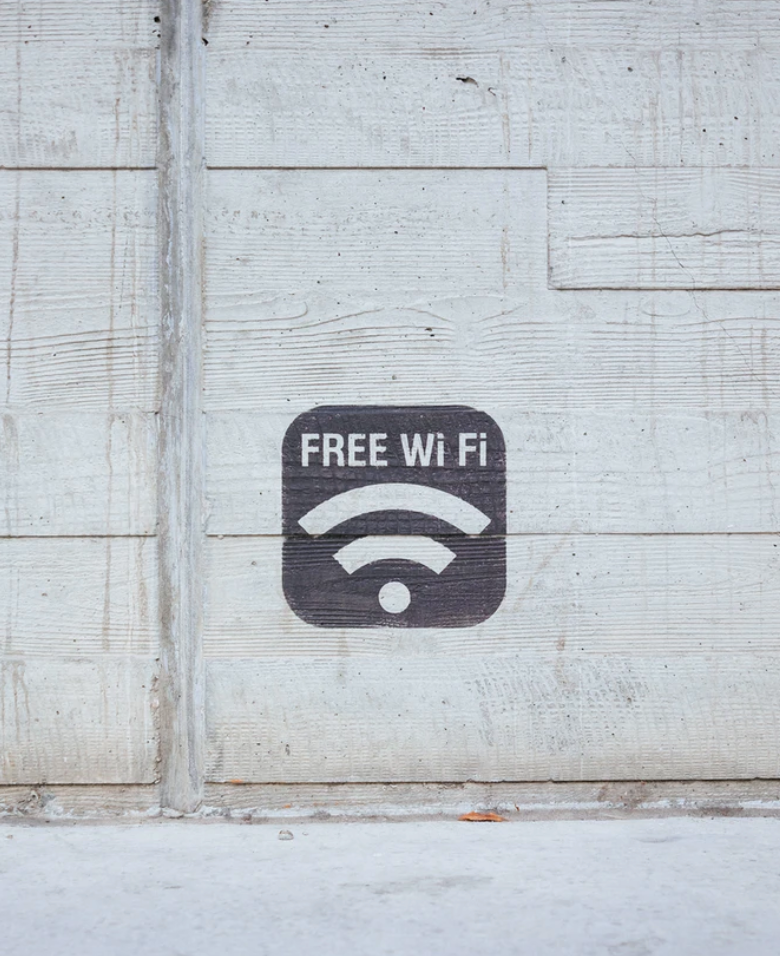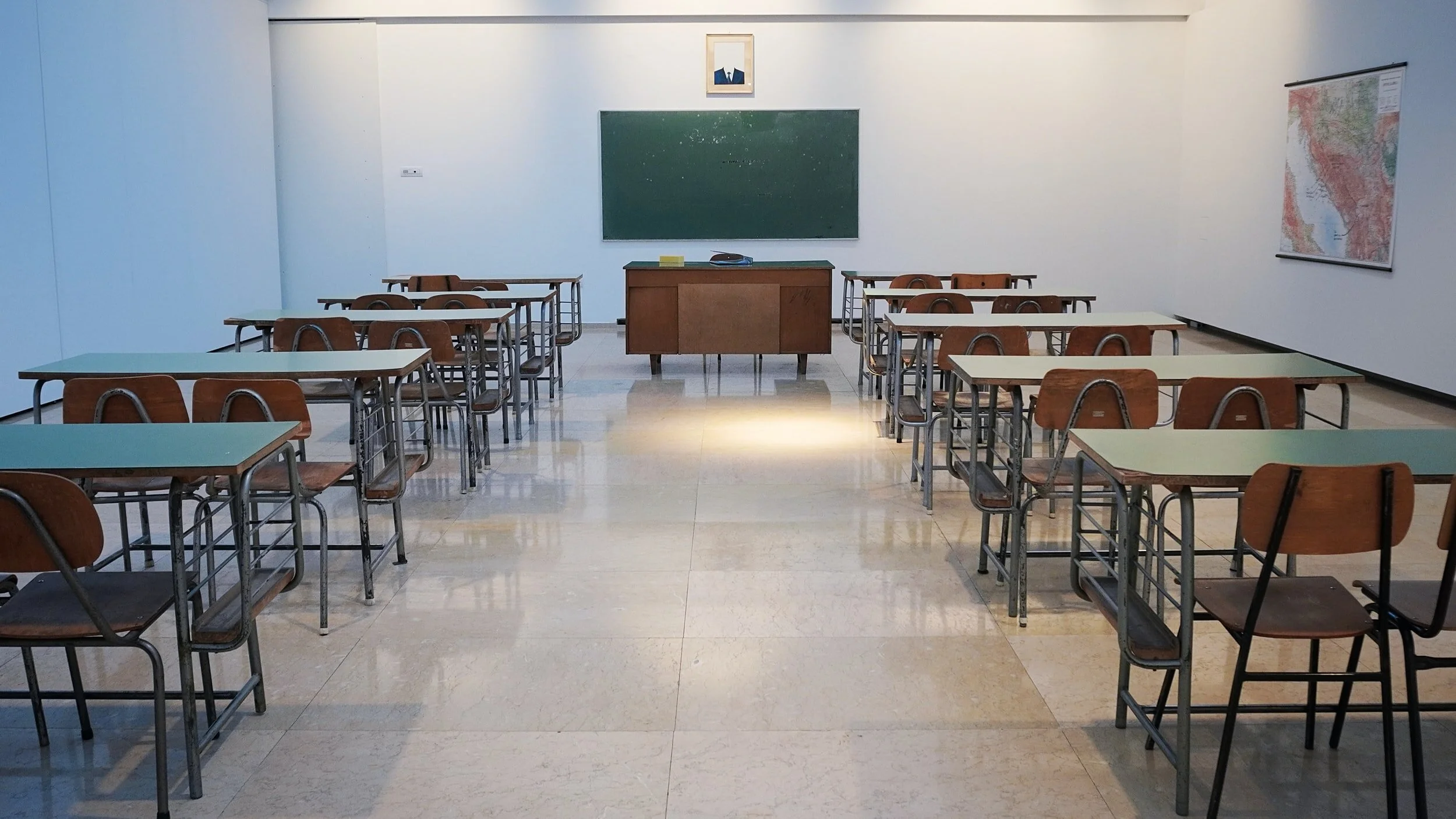Hotspots no silver bullet for rural remote learning
Hotspots no silver bullet for rural remote learning
By Javeria Salman, The Hechinger Report, September 9, 2020
The Hechinger Report is a national nonprofit newsroom that reports on one topic: education. Sign up for our weekly newsletters to get stories like this delivered directly to your inbox.
Back in April, as schools across the country shifted to online instruction to slow the spread of the coronavirus, Scott Muri saw firsthand just how damaging lack of internet access can be for students and families.
A team of fifth grade teachers at an elementary school invited Muri, the superintendent of Ector County Independent School District in West Texas, to participate in an online scavenger hunt they had designed for students. Muri logged into the session and immediately noticed that even though there were five fifth-grade classrooms, only 27 students were in the virtual room. After the scavenger hunt, Muri asked the teachers why the rest of their students were missing. Their response shocked him.
“They said these are the only students that have access to the internet from their homes,” Muri said. “So, the majority of their kids — almost a hundred students —missed out on this opportunity to engage with their teachers, because they simply didn’t have the tools.”
Across the country, 9.7 million students don’t have reliable internet connectivity in their homes, according to Digital Bridge K-12, an initiative from EducationSuperHighway, a nonprofit. The initiative addresses home connectivity inequalities, more commonly referred to as “the homework gap.” During the pandemic, many districts have addressed this gap by handing out personal hotspot devices (similar to routers) or smartphones, or provided mobile Wi-Fi on school buses to kids lacking internet. Personal hotspots, which allow students to connect a laptop or tablet with a cellular data connection, have been the most popular solution because they are relatively inexpensive and easy to use.
But in many places, a hotspot isn’t enough, Muri said. “You may get a nice, shiny, brand new hotspot, but in your house, it does nothing except turn on, because there’s nothing for it to connect to,” he said. That’s because for hotspots to work, they need to be in range of cell towers capable of sending and receiving data, a challenge for communities in rural areas with already spotty cellular service.
“You may get a nice, shiny, brand new hotspot, but in your house, it does nothing except turn on, because there’s nothing for it to connect to.”
Scott Muri, superintendent of Ector County Independent School District
“We knew that we have some issues with internet in our homes, but until the pandemic hit, we had no idea … the lack of connectivity some of our families had,” Muri said.
In some cases, families weren’t connected because they couldn’t afford internet service, or could only afford a basic plan with slow service. But for other families, the barrier to connectivity went beyond cost. “Depending upon where you live in our county, you could be middle class, upper middle class wealthy, and still have a very marginalized internet access because the cell providers have not built towers in these remote areas,” Muri said.
Without the proper infrastructure, options for families in Ector County are often limited to satellite internet, which can be expensive and unreliable, with very slow download speeds. Some families in the western and southern portion of the County can only purchase a maximum of 25 megabits per second of download speed. At that speed, students are able to access features such as basic web browsing, basic streaming and live video calls, but the quality of service declines when used by more than one person at a time.
“We have to do something about that, especially now that so many of our students are learning remotely,” Muri said.
To assess the full extent of the home connectivity gap in Ector County, the school district commissioned a study. An initial report, which is still being finalized, states that “lack of broadband access in Ector County is a crisis.” The study found that one in five Ector County students rarely or never had reliable internet access at home. Most households that did have internet access were dissatisfied with service, either because speeds were slow and unreliable or because the price of the service was too high, according to the report.
The study highlights some of the challenges communities like Ector County face in bringing broadband access to all residents. The solution that would provide the best service is the use of fiber optic cables. Unfortunately, connecting homes via fiber optic cables can be incredibly expensive and can take years, if internet service providers can even be enticed to invest in rural areas where customers are sparse. Evan Marwell, EducationSuperHighway CEO and founder, said it’s very hard to build fiber out to residents. “It costs a ton of money and it takes five or 10 years. That’s not a short-term solution.”
Muri, the superintendent, argues that long-term solutions will need to involve both schools and businesses, and use funding from private and philanthropic companies. He said this is why the city, county and state government agencies, along with business leaders and investors in the area, not only participated in the connectivity study, but have shown interest in working together to find solutions.
“They recognize this opportunity could have significant business implications. So they are willing to use their business capital, if you will, to help invest in this project,” Muri said. “It’s a large-scale community opportunity.”
Marwell, of EducationSuperHighway, said that in the absence of support from the federal government, cities and states are stepping up to provide funding or other solutions to solve the homework gap. He pointed to school districts in Chicago and North Dakota as innovative models to follow. Chicago changed its approach to internet after a study, similar to that done in Ector County, revealed that 100,000 of the city’s public school students lacked an active internet connection at home and were unable to attend classes virtually. The solution: a multi-year public-private partnership that provides free, high-speed internet to Chicago’s most vulnerable students. The $50 million Chicago Connected program, which is slated to last four years, uses a sponsored service model, in which the district pays directly for students’ home internet service, to provide high-speed internet access to the families most in need.
Marwell said this model, in which the district buys home connectivity for students and families that can’t afford it, is a solution that can work for the “long-run.”
“It is one of the most promising innovations that we’ve seen out there in terms of solving the home connectivity problem,” he said.
Where Chicago provides a model for urban districts, Marwell said, the model used in North Dakota points to a possible solution for rural areas. About 99.8 percent of rural students in North Dakota have home internet access, thanks to the Dakota Carrier Network, a state fiber-optic network owned by a co-op of rural telecommunications companies. The co-op, created in 1996, was able to reduce the cost of service to reach underserved communities in the state. During the pandemic, the network is working with the Broadband Association of North Dakota to identify and connect students who still need internet and is setting up free Wi-Fi hotspots in schools and community center parking lots for areas that still lack infrastructure.
The success of both models, Marwell said, shows the need for school districts, service providers and public and private companies to work together to solve the issue of home connectivity.
“This is a completely solvable problem,” Marwell said. “It just takes the political will to put up the money and it takes a joint effort between school districts, states and service providers to get it done, but it’s completely doable.”
But first, districts like Ector County need to figure out how many students lack access to high-speed internet. To help with this task, Digital Bridge K-12 is spearheading the K-12 Digital Equity Outreach Month this September, a nationwide effort by school districts to gather data and identify students who don’t have internet access at home.
“Every day that we don’t have good data about who is or isn’t connected makes it harder for us to solve this problem,” said Marwell. He added that both Chicago and North Dakota included data collecting into their models.
When school started on Aug. 12 in Ector County, half the families in the school district opted for some type of virtual instruction in their home, even though their internet access was marginal, said Muri, the superintendent. Grants and funds from the Federal CARES Act have helped the district buy devices to expand broadband access to students in areas that have access to high-speed internet service provided via cable, fiber, or digital subscriber line (DSL). Two cable companies that deliver broadband are providing it at a reduced rate to the district, which in turn is paying for the service for its families through June 30, 2021. The providers have been busy connecting — at reduced rates — nearly 1,000 families in the district. The challenge now is how to get internet connectivity to the places in the county without this infrastructure, Muri added.
“This issue cannot be solved today,” Muri said. “We’re talking about laying fiber in the ground and launching satellites into the sky. The kind of work we’re talking about isn’t the work that necessarily makes people happy because it’s complex and dirty, if you will. But that’s the kind of work that has to be done. Infrastructure work must be done in order to solve this problem.”






